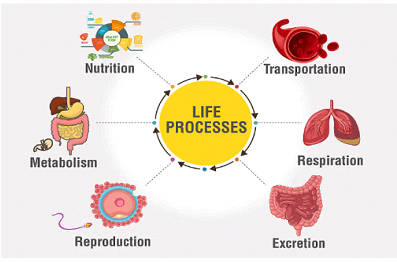Conditions for No Refraction of Light
Refraction is the bending of light when it passes from one medium to another with a different refractive index. However, under certain conditions, refraction does not occur. Let’s explore those conditions in detail.
What is Refraction?
When light passes from one medium to another (e.g., air to glass), its speed changes, which causes it to bend. This bending of light is called refraction, and the degree to which light bends depends on the refractive indices of the two media involved.
Where:
- n1 = Refractive index of the first medium
- θ1 = Angle of incidence in the first medium
- n2 = Refractive index of the second medium
- θ2 = Angle of refraction in the second medium
Conditions for No Refraction of Light
Refraction can be absent under specific circumstances. Here are the conditions where no refraction occurs:
1. Normal Incidence
If light strikes the boundary between two media at an angle of 90° (i.e., normal to the surface), it passes straight through without bending, and thus, no refraction occurs.
In this case, θ1 = 0°, so the light does not change direction, and the path remains unchanged.
2. Same Refractive Indices
If the two media have the same refractive index (i.e., n1 = n2), light will not bend as it passes from one medium to another, resulting in no refraction.
This situation is common when light passes between two media with identical optical properties, such as when light travels through different parts of the same transparent material.
3. Parallel Boundaries
If light passes through parallel boundaries of two media, such as through a glass slab, the light may bend at the first boundary, but it will bend back by the same amount at the second boundary, resulting in no overall refraction.
The emergent ray remains parallel to the incident ray, so there is no net deviation.
4. Critical Angle and Total Internal Reflection
When light travels from a denser to a rarer medium and the angle of incidence exceeds the critical angle, no refraction occurs. Instead, the light is reflected back into the denser medium, which is known as total internal reflection.
For angles greater than θcritical, no refraction occurs, and the light is completely reflected.
Illustration of No Refraction
In the diagram below, light rays striking a glass slab at normal incidence pass through without bending because the angle of incidence is 0°, resulting in no refraction:
 >
>Frequently Asked Questions (FAQs)
1. What is refraction?
Refraction is the bending of light when it passes from one medium to another with different refractive indices due to a change in the speed of light.
2. Under what condition does no refraction occur?
No refraction occurs when light strikes the boundary between two media at a normal angle (90°), or when the two media have the same refractive index.
3. What is normal incidence?
Normal incidence occurs when light hits the surface at a 90° angle, meaning the light travels perpendicular to the surface. In this case, there is no refraction.
4. What happens when two media have the same refractive index?
When two media have the same refractive index, light passes through them without bending, resulting in no refraction.
5. Can light pass through glass without bending?
Yes, if light passes through a glass slab at normal incidence or if the boundaries of the glass are parallel, the light will not bend overall, and no refraction occurs.
6. What is the critical angle in refraction?
The critical angle is the angle of incidence above which total internal reflection occurs, meaning no refraction happens, and the light is reflected entirely back into the denser medium.
7. What is total internal reflection?
Total internal reflection is when light travels from a denser medium to a rarer one and is completely reflected back into the denser medium when the angle of incidence exceeds the critical angle.
8. How does parallel boundaries prevent refraction?
If light passes through two parallel boundaries (like in a glass slab), the refraction at the first boundary is reversed at the second boundary, resulting in no net refraction.
9. Can refraction occur without bending?
No, refraction by definition involves bending. However, under specific conditions (like normal incidence or identical refractive indices), light can pass through without bending, meaning no refraction occurs.
10. Does light always bend when passing between different media?
No, light does not always bend. If it strikes at normal incidence or the refractive indices are the same, no bending (and thus no refraction) occurs.


